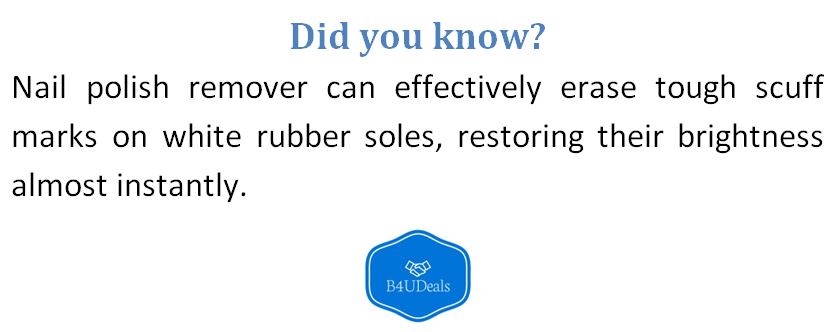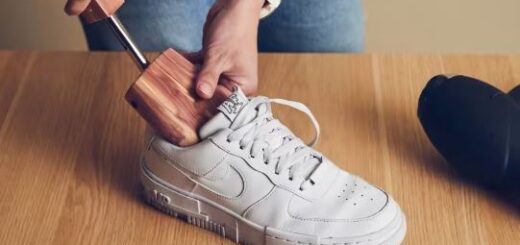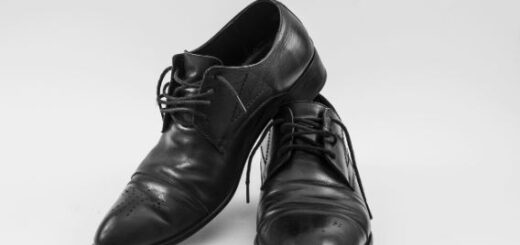A Complete Guide to Cleaning Rubber on Shoes
Rubber outsoles can quickly pick up grime, dust, and stains from daily use. While the rest of your shoe might remain fairly clean, the rubber parts can start looking dull, stained, or even yellowed. Thankfully, you don’t need professional products or expensive kits to restore them. With just a few common items and some patience, your shoes can look almost brand new again.
This guide walks you through different techniques to clean the rubber on your shoes using easy methods and items you likely already have at home.
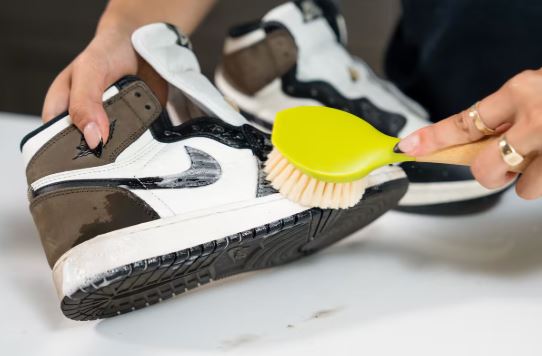
Pre-Cleaning: Getting Rid of Loose Dirt
Before diving into any scrubbing or soaking, it’s important to get rid of any surface debris. This helps make the cleaning process more effective and less messy.
Start by knocking the soles of your shoes together outdoors to shake off excess mud or clumps of dirt. If you’re dealing with stubborn bits stuck in the treads, try using something flat like a plastic card, key, or the edge of a spoon to gently scrape them out. A dry brush, such as an old toothbrush, can also help remove dirt that’s clinging to the surface.
Removing as much dry debris as possible before applying any moisture prevents you from just spreading the grime around while cleaning.
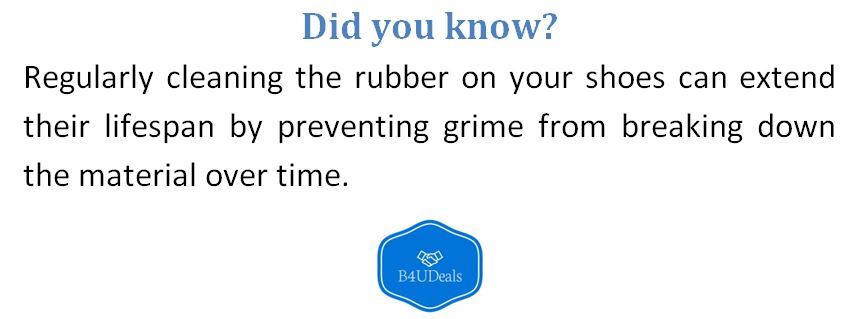
Method 1: Baking Soda and Detergent Paste
One of the most effective DIY cleaners for rubber soles involves a paste made from baking soda and laundry detergent. This solution works as both a cleaner and mild abrasive.
Mix equal parts of baking soda and a mild liquid laundry detergent in a small bowl. You only need a tablespoon of each to start, but you can mix more if needed. This paste helps break down stains while gently scrubbing away buildup.
Dip your brush into the paste and apply it to the rubber areas in small circular motions. Don’t rush—let the combination do its job. Focus on heavily soiled spots or discolored areas. Be careful not to use this mixture on fabric sections of the shoe, as baking soda can be tough to rinse from porous materials.
Once you’ve scrubbed thoroughly, dampen a clean sponge or cloth with water and wipe away all the residue. Make sure to remove all traces of the paste, as any leftover detergent can cause slick spots or leave white streaks.
Finish by drying the cleaned rubber with a towel. This not only removes excess water but lets you assess if another round of cleaning is needed.
Method 2: Soaking the Soles in Soapy Water
If your rubber soles are deeply stained or haven’t been cleaned in a while, a soak may be the best option. This method softens the grime and allows it to come off more easily during scrubbing.
Fill a shallow container—like a baking tray or large plastic tub—with just enough warm water to submerge the rubber portion of your shoes. Be cautious not to let the water reach any fabric or leather materials. Add a squirt of dish soap and mix it to create a mild cleaning solution.
Place the shoes rubber-down into the solution and allow them to soak for about 10 to 15 minutes. If your shoes are especially dirty, you can extend the soak a bit longer. Just keep checking to make sure no water is reaching areas that shouldn’t get wet.
After soaking, use a brush or sponge to gently scrub away loosened dirt. The soapy water will help break apart grime, and the soaking should make your job easier. Rinse the soles with clean water and dry them thoroughly.
If needed, you can repeat the soak and scrub process for very stubborn dirt or stains.

Method 3: Targeting Scuff Marks with Nail Polish Remover
For scuffs and marks that don’t come off with soap or detergent, acetone-based nail polish remover is surprisingly effective. However, it should only be used on white or light-colored rubber, as it can cause discoloration on colored surfaces.
Before using this method, ensure the rubber is free of surface dirt. Then, soak a cotton ball or soft cloth with a small amount of nail polish remover. Gently rub it over the scuffed areas. You’ll notice the white rubber brightening almost instantly as the acetone lifts the stain.
Be cautious when applying—never let the remover touch the fabric, leather, or colored sections of the shoe, as it can damage or bleach them. Wear gloves if you have sensitive skin, and make sure you work in a well-ventilated area.
Once you’ve cleared the scuff marks, follow up by wiping the area with a damp cloth to remove any leftover acetone. Dry the soles thoroughly with a clean towel before wearing your shoes.
Maintenance Tips for Long-Lasting Clean Soles
Regular maintenance is key if you want to keep your rubber soles looking great. Here are a few helpful practices:
- After each wear, knock off dust and dirt instead of letting it build up.
- Do spot cleanings using a damp cloth if you notice minor smudges or discoloration.
- Keep a small cleaning kit handy—a brush, some baking soda, and mild detergent are often enough.
- Avoid using bleach unless the shoes are all white. Even then, test on a small area first to prevent damage.
- Apply nail polish remover only when absolutely needed and rinse the area afterward.
By giving your shoes a quick touch-up every few wears, you won’t need to deep clean them as often.

When to Seek Professional Help
Sometimes shoes are so stained or worn that at-home cleaning just won’t cut it. If you’ve tried multiple methods and the soles still look grimy or yellowed, consider taking them to a professional shoe cleaner. They have access to stronger products and tools that can rejuvenate even the most beat-up soles.
This is especially helpful for high-end sneakers or rare shoes where you don’t want to risk accidental damage from DIY techniques.
Takehome
Keeping the rubber on your shoes clean doesn’t have to be a chore. With just a few inexpensive household products and a bit of time, you can dramatically improve their appearance. Whether you opt for a quick paste scrub, a soak, or some precision work with acetone, each method can bring your soles back to life.
Make these steps a part of your regular shoe care routine, and you’ll not only enjoy fresher-looking footwear, but you’ll likely extend the life of your favorite pairs as well. Clean soles are more than just about looks—they reflect how well you care for your shoes. And the better you treat them, the longer they’ll stay with you.
